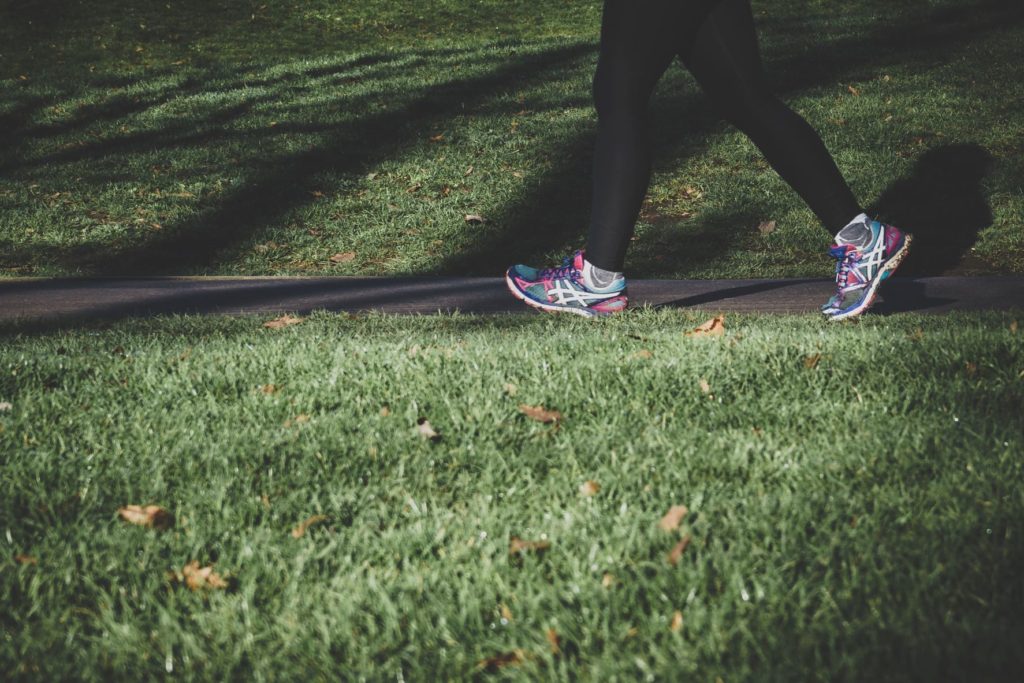Ten Resiliency Practices When Dealing With Loss – part 3
Resiliency is defined as: “an ability to recover from or adjust easily to adversity or change.”
I’m not sure about the “easily” part but I have witnessed how resiliency is an ability you can develop with intentional practice, patience and hard work.

Below are the remaining four resiliency practices that will increase your capacity to recover when faced with the setback of loss. [click these links to read part 1 and part 2]
Four Resiliency Practices That Will Help You Recover from Loss
7. Connect in community
There are introverts and extroverts. Both groups, however, need meaningful connection after the storm of loss blows through their life.
Connection allows for empathy to be given and received.
Connection takes away the sting of loneliness and stave’s off isolation.
After Vicky died, I started meeting weekly online with two friends. The effect of their empathy and support impacted my recovery noticeably.
“Social connection is such a basic feature of human experience that when we are deprived of it, we suffer.”
Leonard Mlodinow
8. Get physically active
If you can, physical activity builds resiliency muscles with many positive benefits. Physical activity helps reduce depression and anxiety, relieves stress, improves memory, helps you sleep better, and boosts your overall mood.
You don’t have to be a super star athlete to benefit either. Going for a walk around the block can build resiliency muscles and improve your ability to recover.
I start bike riding the day after Vicky died. As I started to feel the positive benefit, I called it “grief cycling” because I would cry and smile on the same ride.
9. Train yourself to think, feel, and act
Training is “the act of teaching and developing in yourself a skill or knowledge that grows your competency and capacity.”
Training applies to physical training but also to emotional, mental, and spiritual training.
What you read and listen to can increase mental fitness. Training yourself to be more self-aware and process emotions increases your emotional fitness. Practicing spiritual disciplines creates stamina and a mindset that sustains you when the going gets tough.
I’ve added Stoic philosophy to my learning routines the last couple of years and been strengthened in both mind and heart as I bounce forward.
10. Recognize and utilize your key strengths
This practice is all about playing to your strengths which actually adds muscle to your resiliency and helps with the recovery process.
One strength I’ve been working on for several years is public speaking. To grow that strength I’ve been actively involved in Toastmasters (an organization that helps grow your speaking ability).
The first week after Vicky died, I signed up to do a speech on what I had just gone through. Using that strength helped me begin my grieving and opened the door for others to show their support.
Maybe you can draw or fix things or cook or write or organize. Any of our strengths when used actually help us to grow stronger — plus they often end up helping and encouraging others.
Reflect and Apply
Who do you connect authentically?
What is your physical activity of choice?
In what areas are you undergoing training?
What is one of your key strengths you can put into use?
About Cam Taylor
Coach, author, speaker, father, friend, leader, life long learner.
18 yrs. ago, my mother passed away. My sister, has not spoken to me, since. Was never close to my sister, 13 yrs. difference.
Occasionally, we were intouch. I have tried to get intouch. It was a double loss , at that time. One of the key strengths, was to let go & let God. Also keeping active, mentally, & physically, made it possible to, realize, it was her choice. I do pray for her.